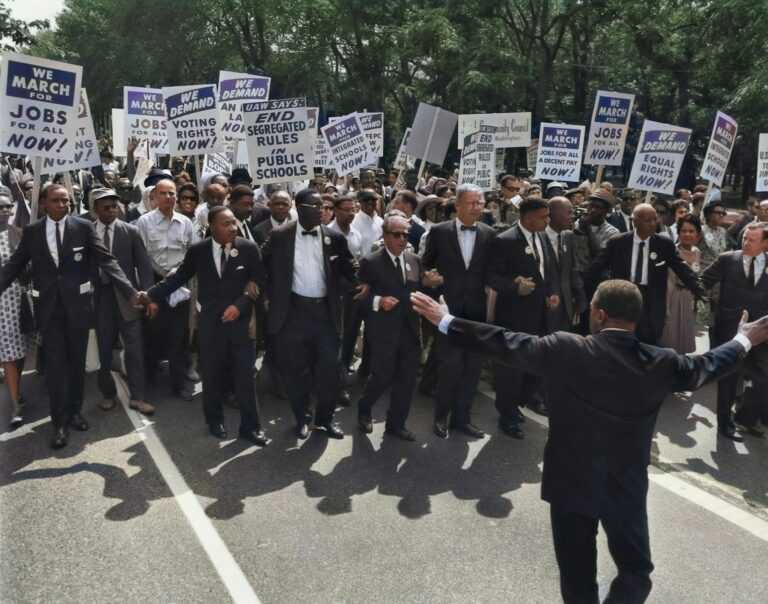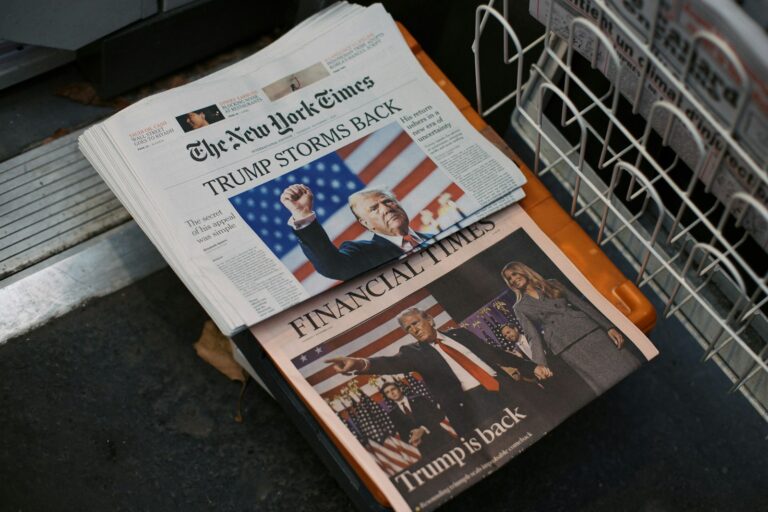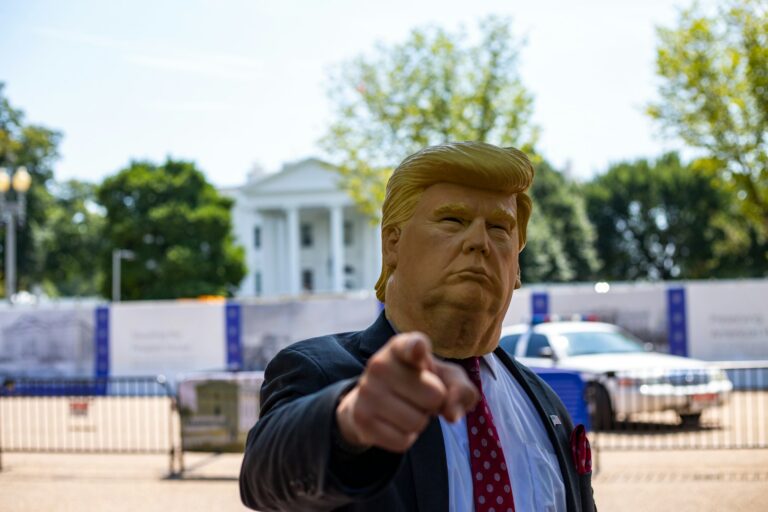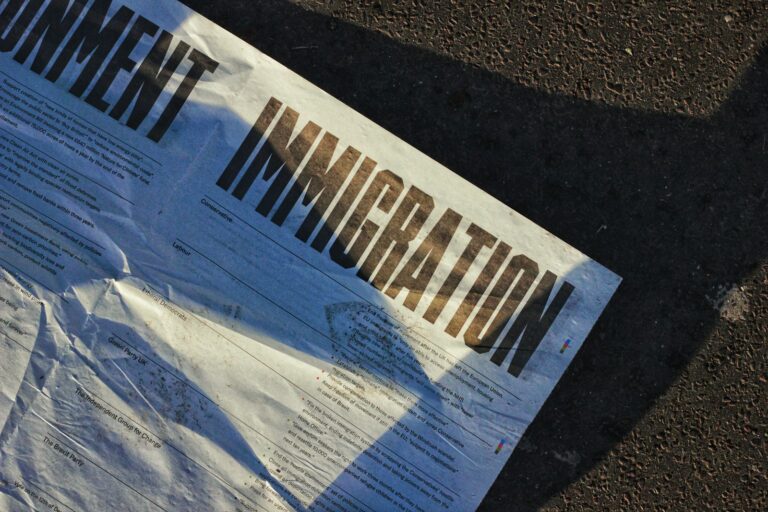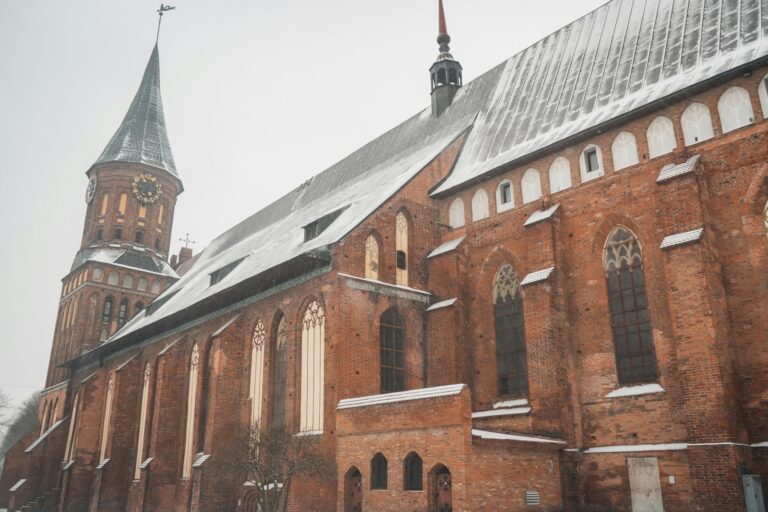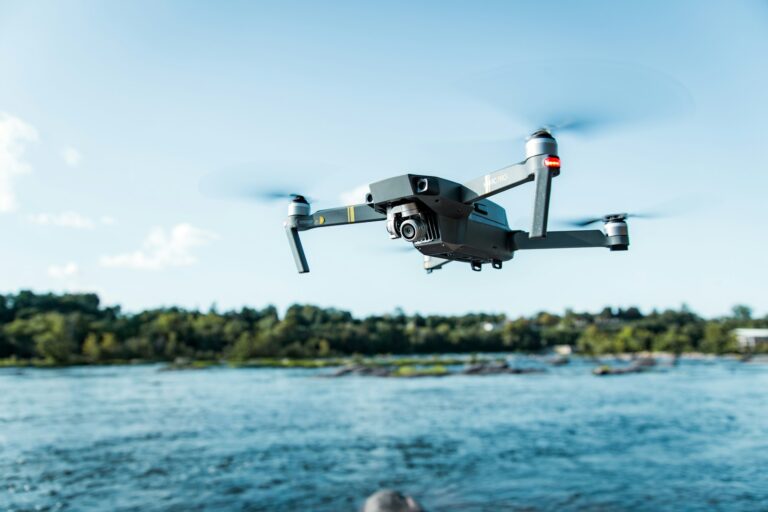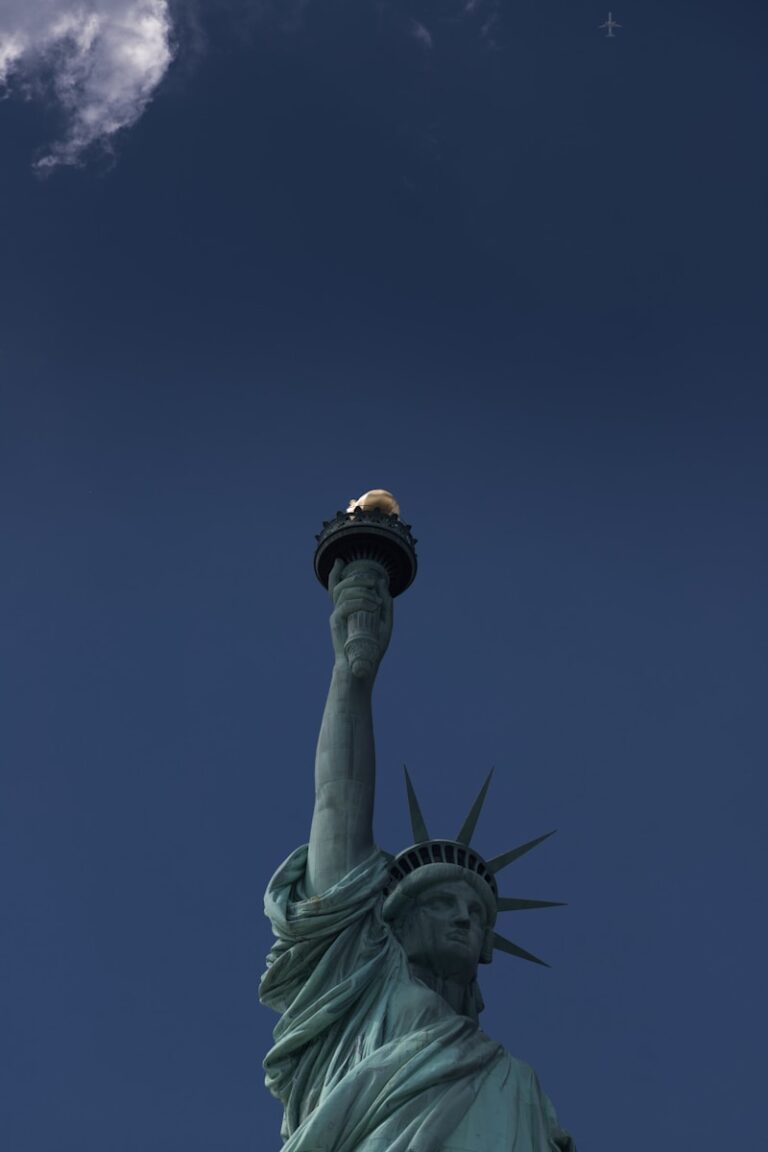Key Takeaways
- Senate Democrats staged a walkout over the nominee
- Eric Holder called the choice a travesty
- Critics accuse the nominee of ignoring court orders
- Republicans blocked debate and whistleblower testimony
- Opponents fear harm to judicial independence
Introduction A recent nomination for an appellate court seat stirred fierce debate in Washington. Senate Democrats walked out of a Judiciary Committee vote to advance a controversial nominee. They cited concerns that the lawyer worked on policies that ignored court orders and served political aims. Even a former attorney general joined the outcry. His remarks highlighted the stakes for the courts and the Constitution.
Background on the Nomination The White House proposed a new appellate judge from the Justice Department. The lawyer served under the current administration in a top enforcement role. During that time he advised on immigration enforcement. Critics say he urged ignoring judicial rulings. Moreover they claim he struck secret deals with political figures. Now his past work faces new scrutiny in the Senate.
Senate Walkout Shocks Observers During the committee vote Senate Democrats rose and left the room. They protested a move to cut off debate. They also objected to blocking a whistleblower from testifying. The whistleblower claims the nominee pushed to override court orders on immigration. Republicans quickly voted to advance the nomination without further discussion. As a result the committee report moved forward despite the walkout.
Holder Delivers Strong Condemnation A former attorney general spoke out against the choice. He called the nomination a travesty. He said the nominee lacked any record that deserved a lifetime appointment. Instead the nominee carried a record full of troubling actions. The former attorney general urged senators to hold the nomination. He asked members to delay the vote until a full review finishes.
Allegations of Ignoring Court Orders The whistleblower alleges the nominee advised ignoring immigration rulings. They claim he told colleagues to act as if certain court orders did not exist. If true this approach would undermine the rule of law. Critics warn that a judge should never lead by ignoring legal commands. Moreover they say this conduct echoes tactics not seen since past abuses of power.
Political Dealings and Dismissals Observers point to a hidden deal the nominee made with a city mayor. That deal led to mass resignations in a local prosecutor’s office. Critics say the nominee dismissed a case for purely political reasons. In doing so he overrode decisions by career prosecutors. He also released material that led to a key prosecutorial violation. As a result that case collapsed despite strong evidence.
Impact on Career Prosecutors and Agents Reports say the nominee removed veteran agents and prosecutors. He forced well respected officials out of their jobs. Those professionals served the public without politics. Critics say the dismissals sent a chilling message through the Justice Department. They claim this political purge harmed morale and weakened criminal cases.
Concerns Over Judicial Independence Opponents fear the nominee would continue these politicized methods on the bench. They worry he might use a lifetime seat to serve a president’s agenda. They say a judge must follow the law without bias or favoritism. Furthermore they caution that any judge who breaks court orders sets a dangerous precedent.
What the Third Circuit Seat Means The Third Circuit Court of Appeals covers key states and major legal issues. Decisions there shape national law on immigration and civil rights. Therefore any new judge will influence important rulings for decades. Critics of the nominee fear his record could shift the court’s direction. Supporters argue they need judges who will enforce the current administration’s policies.
Whistleblower Testimony Blocked Senate Republicans refused to hear from the whistleblower. Democrats called this move shocking and unfair. They argue the witness holds vital information on the nominee’s conduct. Without that testimony senators cannot fully assess his fitness for the bench. As a result the nomination process feels rushed to many observers.
Reactions from Across the Political Spectrum Legal experts expressed serious concerns at hearings. Some warned that ignoring court orders looks unlawful. Others worried about political deals and firings of career staff. Meanwhile conservative groups praised the nominee’s tough stance on immigration. They call him a strong enforcer of existing law. This clash highlights deep divisions over the role of law enforcement and the courts.
Potential Senate Strategies Opponents plan to use every procedural tool to block confirmation. A senator could place a hold to force more debate. Eventually a filibuster could delay a final vote on the Senate floor. In addition Democrats may demand additional hearings on the whistleblower allegations. Meanwhile supporters of the nominee push for a quick vote to secure the court seat.
Why This Battle Matters This fight reflects a broader struggle over the independence of justice. It raises questions about how much power the executive branch can wield. Moreover it tests the Senate’s role in providing advice and consent. The outcome will shape how future administrations handle court orders. It will also set a tone for the political use of the Justice Department.
What to Watch Next The Judiciary Committee may still send the nomination to the full Senate. Senators will debate and vote in coming weeks. Observers will look for any new evidence from the whistleblower. Public opinion may sway undecided senators. As the process unfolds legal experts will track any precedent set by the committee actions.
Conclusion The nomination of this far right Justice Department lawyer has sparked rare bipartisan concern. A full Senate vote now hangs in the balance. Critics worry his past actions could threaten the rule of law. Supporters see a needed ally in enforcing tough policies. In the end the Senate must weigh a lifetime appointment against serious allegations. The decision will echo through the courts for years to come.
Total Word Count Approximately 1120 words

